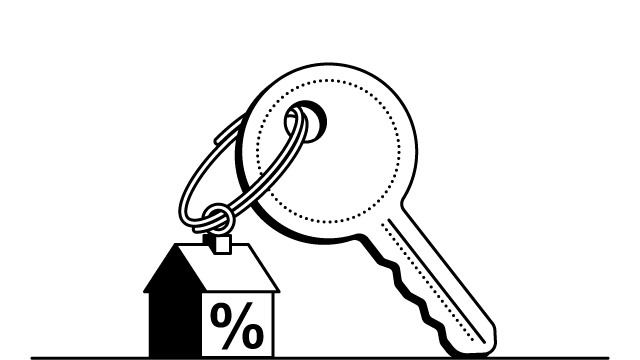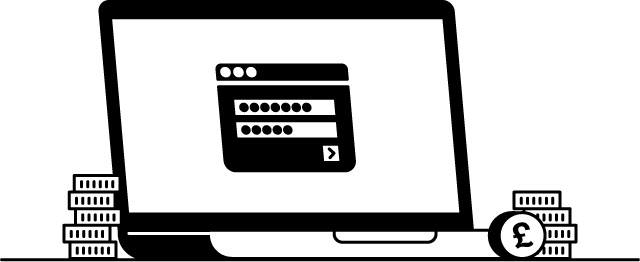A simple guide to remortgaging
You might also like
What can I afford?
As a first time buyer, you might be wondering how much you can borrow. But it’s also worth thinking about how much you can comfortably afford.
5 simple and easy steps to apply for a mortgage
Applying for a mortgage doesn’t need to be complicated. In fact, we want to make it as simple as possible.
Our mortgages explained
We have lots of different mortgage options, from Repayment and Offset, to Fixed, Tracker and Standard Variable Rate. If you’re not sure what any of this means, we can help.
Improve your credit score
Your credit score is one of the tools used by lenders to help determine how risky lending money to you is – the lower the risk, the more eligible you’re likely to be for their particular credit card, loan, mortgage or service. Find out how you can improve your credit score.




